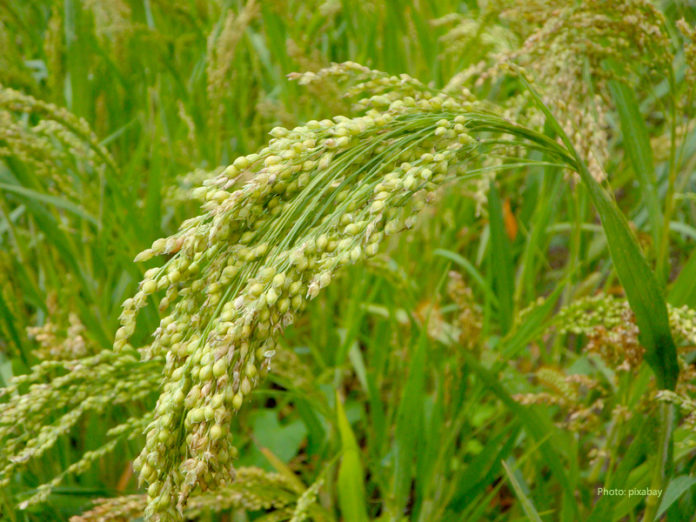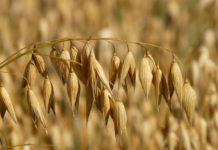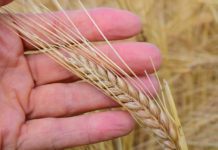Millet is one of the grain types mentioned in the grain list usually. It may be familiar with some people and you but it may be strange to you and some others because it is really not so popular grain like wheat or corn. And you maybe have been used it or known it but maybe not at all.
Millet is name of some types of plant with small seed in poaceae family (or known as grasses). It is existed in the story of grain as a part that not missed or ignored.
It is considered as cereal or grain and used as both human food and fodder. These small seeds are especially popular in some countries of Asia and Africa as India, Nigeria, Mali and Niger.
Description
The millet plant is annual grass plant which grown well in dry and warm weather, even drought. It is considered productivity with the short growing season.
Millet seeds are tiny and mostly in round shaped. Their color could be white, gray, yellow or red depend on types.
The seed contains high level of nutrients as dietary fiber, protein, vitamin B and minerals as iron, calcium…It is also known as low level of phytic acid (an unhelpful acid to the digestion), as well as reduce the glucose absorption in our body. Besides, this seed doesn’t contain gluten as mostly other cereals and will be suitable to whom who sensitive with gluten, and could be used efficiently as gluten-free to the diets.
Millet consumption
Millet was known to cultivated and used in some areas long time ago, perhaps thousands years BC. Lately and till the end of 20th century, it is consumed widely in many parts of the world, especially some countries of Asia and Africa.
In western Africa, the consumption of millet as food is about 35-40% of total cereal, and even over 65% in Niger and Namibia. In some countries in other areas as Russia, German, China millet is joined to some traditional dishes as both sweet and savory. In Asia, some countries which have significant consumption of millet as food are China, India, Myanmar and North Korea.
Besides using as food, this cereal is also used as grazing forage for animals as lambs, sheep and cattle. For this purpose, the plants will be grazed when immature, usually 5-7 weeks after sowing. While the seeds are nutritional, the plants as forage are also very efficient. The short season and the low cost to produce this food source are also convenient to the farmers.
Although this seed is still consumed, the ratio is reduced by time especially from the 20th century. For the development of the world economic, many other types of cereals and other food source have been marketed widely with reasonable prize for different areas. As a result, population all over the world could experience number types of food source, and the chance will be shared to those popular types, not only for any special one any more.









